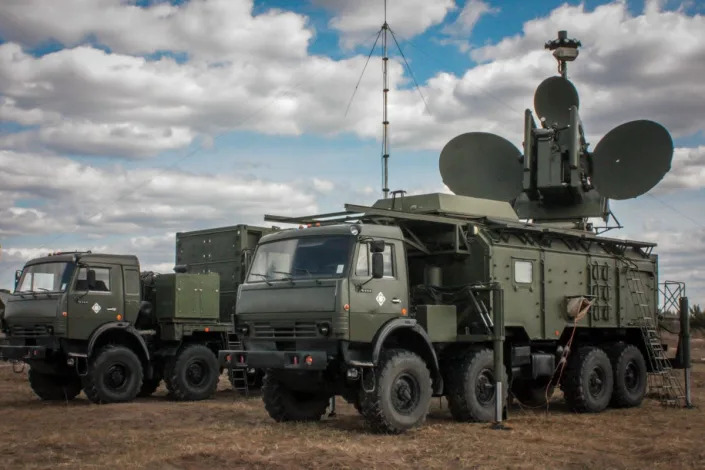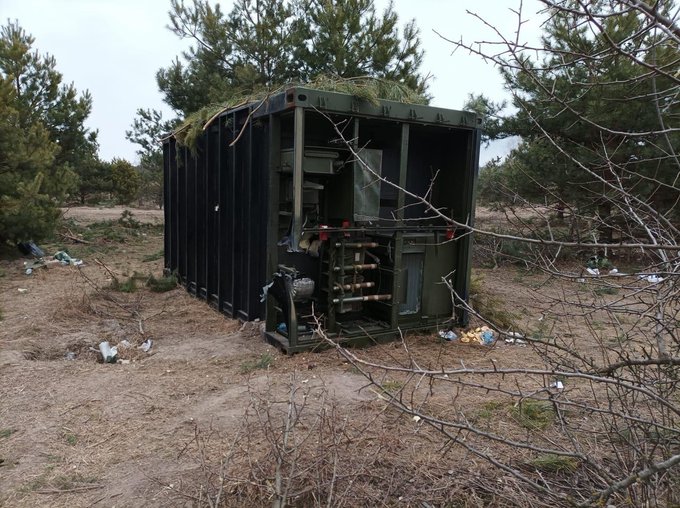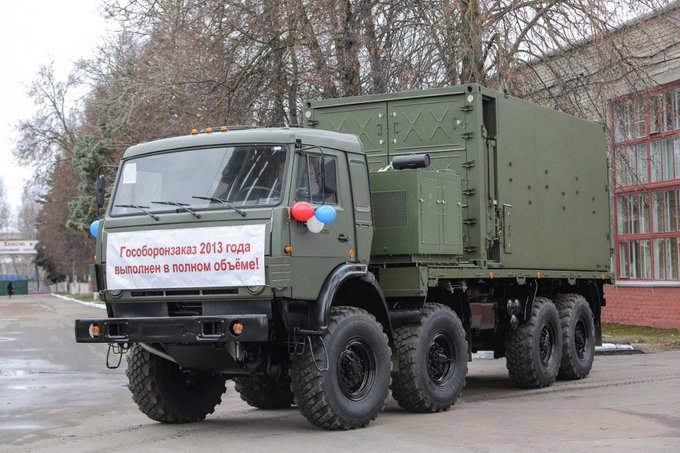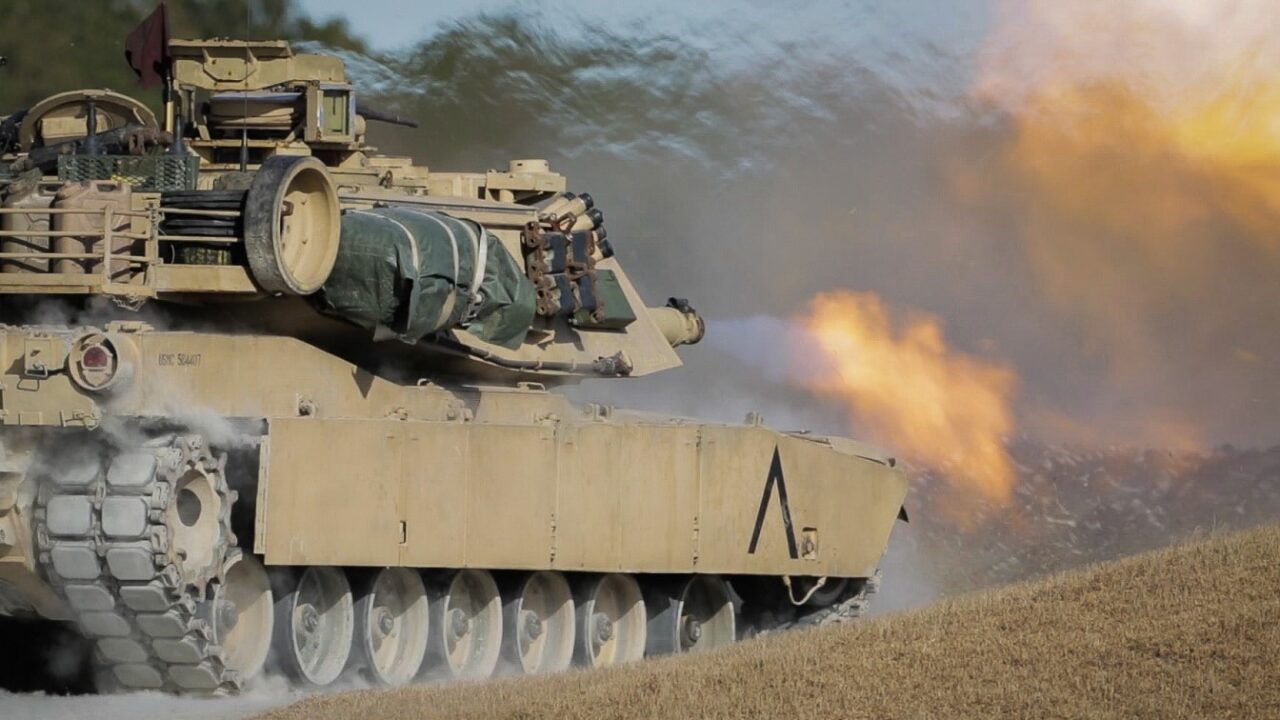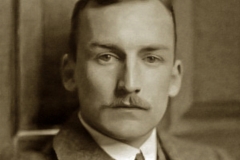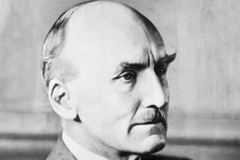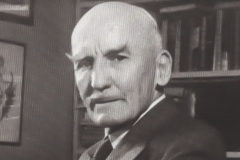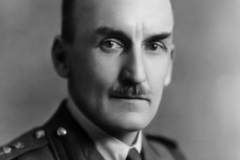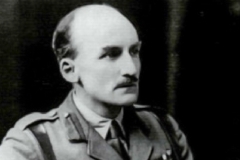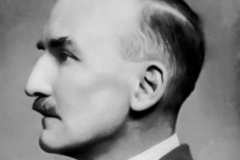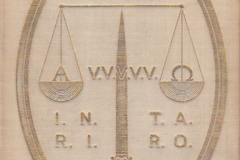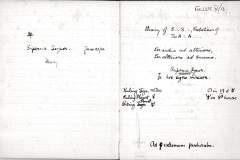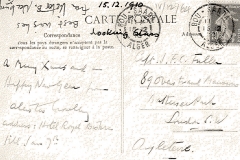The obituary of the tank has been written many a time. But it has bounced back and continued to dominate the modern battlefield.
LT GEN. A.K. SINGH (RETD)
28 May, 2022
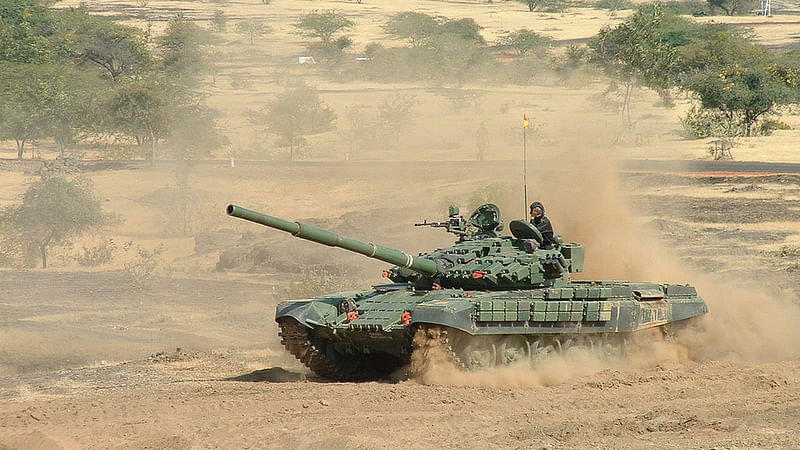
The tank has maintained its place as the centrepiece of the 20th-century battlefield ever since its introduction to overcome the trench warfare in World War I. They came into their own during World War II, mainly as part of manoeuvre warfare and the deep battle, symbolised by the Blitzkrieg and the vast enveloping manoeuvres in Operation Barbarossa. But the tank also proved its mettle in the attrition-oriented warfare as witnessed at Stalingrad and Berlin.
The armour’s effectiveness was greatly enhanced when used as part of a combined arms team comprising mounted infantry, self-propelled artillery, air defence and engineers supported by requisite logistics. Air and helicopter support always proved crucial on the modern battlefield.
Post-World War II, mechanised battles were mainly fought between unequal adversaries, be it Korea, Vietnam, Arab-Israeli or the Gulf wars. Only in the India-Pakistan conflicts were the adversaries evenly matched, with Indians proving their superiority in hard–fought battles at the tactical level.
Threats to the tank have kept pace, especially after the introduction of shoulder-fired guided missiles in the 1973 Arab-Israeli War. As the tank advanced technologically, so did these missiles, reaching their peak in recent years with the tandem warhead fire and forget anti-tank missiles, fired from multiple platforms, including helicopters and armed drones. As for tanks, they too have been upgraded and mounted with many countermeasures, including active protection systems, both for soft and hard-kill of incoming missiles.
The inter se battle between the tank and the anti-tank missile continues, one getting the better of the other. Multiple factors such as battlefield environment and training of the crew influence the outcome. However, on the 21st-century battlefield, as seen in recent conflicts in Syria, Armenia-Azerbaijan and now Russia-Ukraine, the tank has taken some knocking, and this has raised questions on its preeminent role on the modern battlefield.
These are the emerging facts from the Russia-Ukraine conflict:
After making swift progress over hundreds of kilometres on a very vast front, and reaching the outskirts of Kyiv, the offensive stalled.
Largely confined to the roads, the sight of long Russian armour columns stalled and ambushed was indeed a disturbing sight.
Ukraine’s success in stalling the Russian offensive was largely based on small teams, equipped with most modern shoulder-launched missiles like the Javelin (provided by the US and other NATO countries), who skillfully used the ground and took advantage of poor Russian tactics, to inflict heavy losses and large delays on the advancing columns.The unarmed drones for scouting and the armed Bayraktar TB2 drone, which carries up to four laser-guided munitions have also played a significant role.
The use of shoulder-launched, surface to air missiles like Stinger took a toll on Russian helicopters, including attack helicopters and inhibited the Russians from using the airspace effectively.
Maintenance and logistics issues also plagued the Russian forces and contributed to their slow progress, after the initial success.
Operational and tactical lessons
It will be incorrect to take all published news reports and footage coming from the battlefields of Ukraine at face value because apart from information, they also carry a fair mix of misinformation and disinformation. A balanced analysis can be only undertaken once the Russian side is more forthcoming.
Having said that, it can be summarised that the Russians were surprised by the stiff resistance from Ukraine. The early spring thaw and resulting Rasputitsa prevented the Russian manoeuvre through the countryside and confined them to roads, where the Russian armour became vulnerable to tank ambushes and hit and run raids.
But it’s incredulous how the Russians, who are the masters of the combined arms concept, did not follow it, leaving their tanks most vulnerable. The tank is most effective when operating as part of the combined arms team, with infantry covering its vulnerable flanks, artillery providing speculative and covering fire and air defence, electronic warfare and engineers shaping the battlefield. A similar mistake was committed by the Armenians who left their tanks isolated and vulnerable to drones of Azerbaijan.
The tank remains the most potent weapon on the battlefield, but is also vulnerable to multiple threats, both from the ground and air. And these threats get magnified whilst operating in close-country and built-up areas.
It should also be remembered that tanks and Infantry are the only instruments that can capture ground and hold it. Attack is the most challenging operation of war and penetration of enemy defences requires the shock and awe effect of tanks and massed artillery. Therefore, writing obituaries for the tank is rather premature, though its employment has to be part of a combined arms team to cater for the numerous threats on the modern battlefield.
The Main Battle Tank (MBT) is an appropriate mix of mobility, firepower and protection. If you enhance one, there is a corresponding dilution in the other two capabilities. The Russian tanks (which are also the mainstay of the Indian Army) are medium tanks in the category of 45-50 tons, and have effective firepower and mobility with lesser protection compared to western MBTs. The Russians have addressed this through a combination of better armour and addition of reactive and active armour protection systems. Surprisingly, whilst some ‘Shtora’ active protection systems were seen on the Russian tanks, the more advanced ‘Arena’ and the latest ‘Afghanit’ systems mounted on the latest T-14 Armata tank were not fielded. These latest systems are also designed to cater for the top-attack threat posed by missiles like Javelin.
To the trinity of mobility, firepower and protection, the tank now needs to adopt survivability and adaptability as key parameters. The survival strategy has to focus on avoiding detection/acquisition, and if hit, prevent penetration for a catastrophic (K) kill. The tank should also be capable of adapting to a varying combat environment across the spectrum of conflict.
With the complexity of the battlefield increasing by the day, an updated “Battlefield Management system (BMS)” has become an imperative for tanks and mechanised formations. What is needed is a system of systems that networks multiple weapon platforms to optimise the combined arms effect. This should include both manned and robotic platforms.
As far as the drone threat is concerned, it has to be tackled as part of the combined arms team response. Starting with an intelligence appreciation of the adversary’s drone capabilities, air and artillery strikes on likely operating bases, air defence and electronic warfare protection and finally the active protection system of the tanks. The importance of vanguard reconnaissance forces in the front and on the flanks has again become important.
In the competitive market of tanks, where the Russian tanks have earned a great reputation, one can also see a subtle effort to do down their reputation by competitors from the West. It will be wise to see through such attempts.
Properly equipped and handled by well-trained crews, the tank still remains the most potent weapon system on the battlefield, albeit as part of the combined arms team. The Russians went away from their own teachings on the deep battle and the combined arms concept and paid the price.
Lessons for India
With a large tank fleet of Russian origin (T-72 and T-90), there are important lessons for India, both tactical and relating to technology. Of course, we must endeavour to harmonise these with Russia, as they would be evaluating the lessons first hand.
While a modernisation programme is already underway for the Indian armour, certain aspects may be reviewed in light of the lessons from the Russia-Ukraine conflict.
An active protection system needs to be acquired on priority. In fact, during the induction of the T-90 tanks in 2000-01, we in the trial team had strongly recommended the then available active protection system ‘Shtora’ be included. It was, however, dropped due to cost considerations. We now have a chance to acquire one of the latest available systems, but this has to be undertaken on priority. In addition, a BMS system for the tanks is becoming imperative. This should be taken up on priority for the Strike Corps. Empowerment of the upcoming Integrated Battle Groups (IBGs) with both the scout and armed drones should be a priority. The air defence needs to be modernised and restructured to cater for the very potent drone threat our mechanised forces are likely to face on the future battlefield.
Tank’s here to stay
The obituary of the tank has been written many a time. But it has bounced back and continued to dominate the modern battlefield. Recent conflicts, especially the ongoing Russia–Ukraine war, have highlighted many lessons for the future operational employment and effectiveness of the tank. These include technological modernisation to cater to the more potent and aggressive threats that have emerged, particularly the armed drones and fire-and-forget top attack missiles. Equally important is the training of crews and dynamic operational and tactical concepts.
Apart from its devastating physical capabilities, the shock and awe effect that can be produced by tanks is yet to be replicated by any other weapon system. The tank is here to stay. The onus remains on the Indian Army to provide the mechanised forces with the wherewithal needed for the 21st-century battlefield.
The author is a former Army commander and lieutenant-governor. With over 40 years on tanks, the author is one of the few who has trained with both the Warsaw Pact and NATO at the height of the Cold War. Views are personal.
